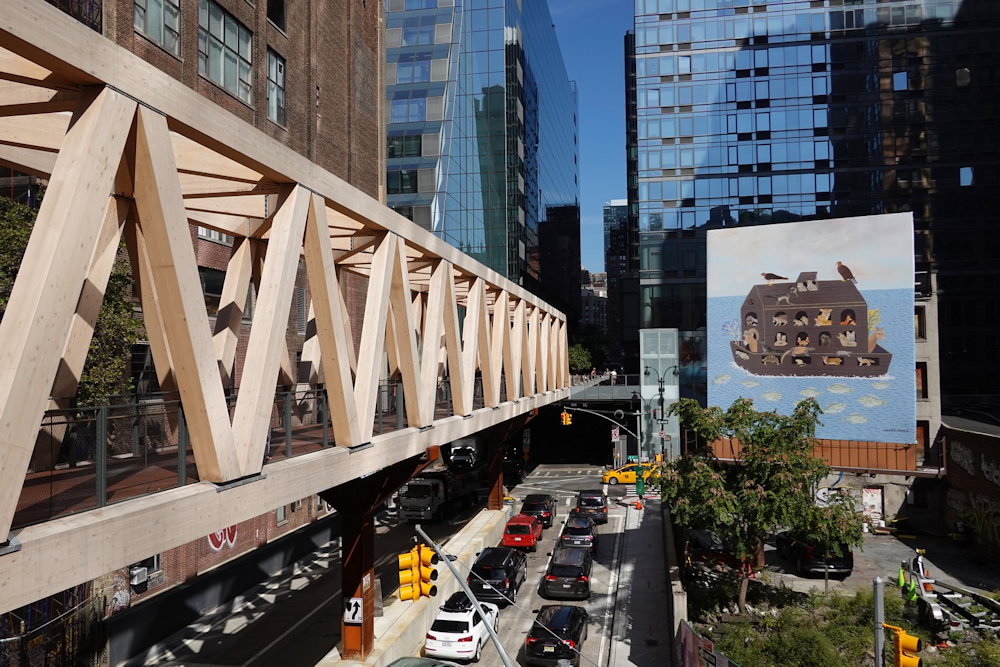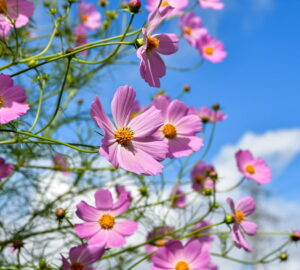Nestled above the bustling streets of Manhattan, the High Line Park stands as a testament to the harmonious blend of urban life and nature. For garden and plant lovers, this unique park offers a vibrant escape into a world of greenery and innovative design. Here’s everything you need to know about this extraordinary urban garden.
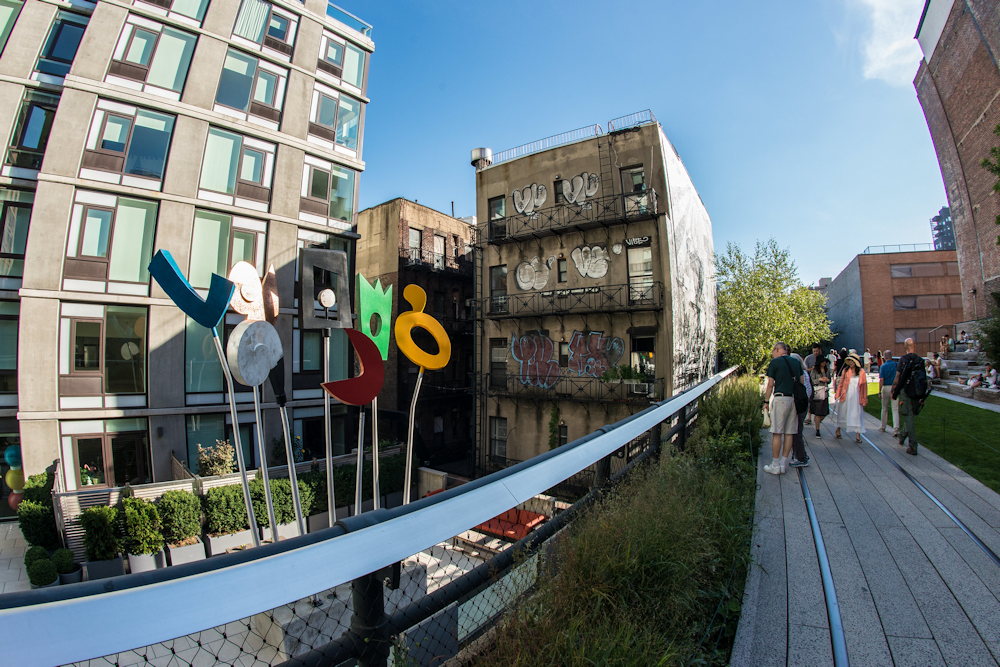
Location and Creation
The High Line stretches along Manhattan’s West Side, from Gansevoort Street in the Meatpacking District to 34th Street near the Javits Center. This 1.45-mile-long park is built on a historic, elevated rail line that once carried freight trains. The transformation from rail to trail began in the early 2000s, driven by the vision of neighborhood residents and activists.
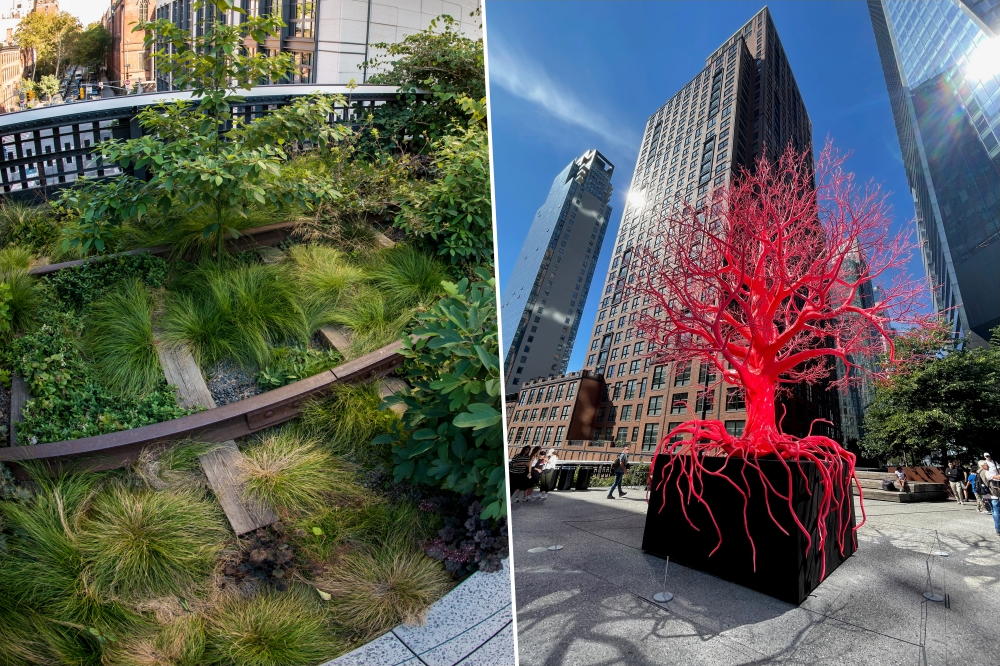
Visionaries Behind the Park
The initiative to create the High Line was spearheaded by Joshua David and Robert Hammond, co-founders of the non-profit organization Friends of the High Line. They envisioned repurposing the defunct rail line into a public green space. Their efforts gained traction with the support of local residents, businesses and the city government, leading to the park’s first section opening in 2009.
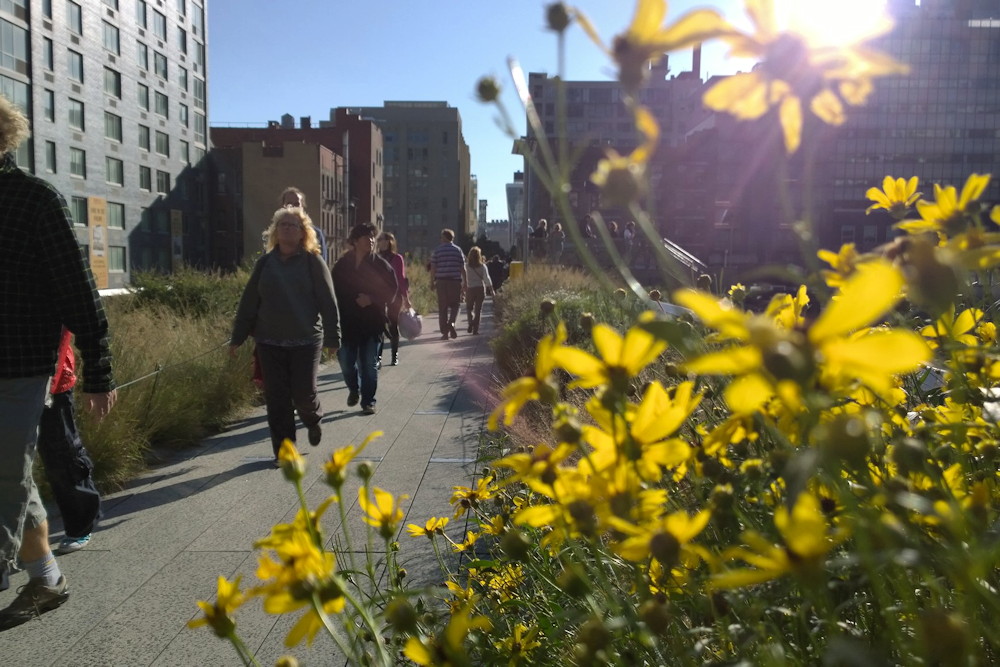
Maintenance and Management
Today, Friends of the High Line continues to maintain and operate the park in partnership with the New York City Department of Parks & Recreation. This collaboration ensures the park remains a pristine and vibrant urban oasis, attracting millions of visitors each year.
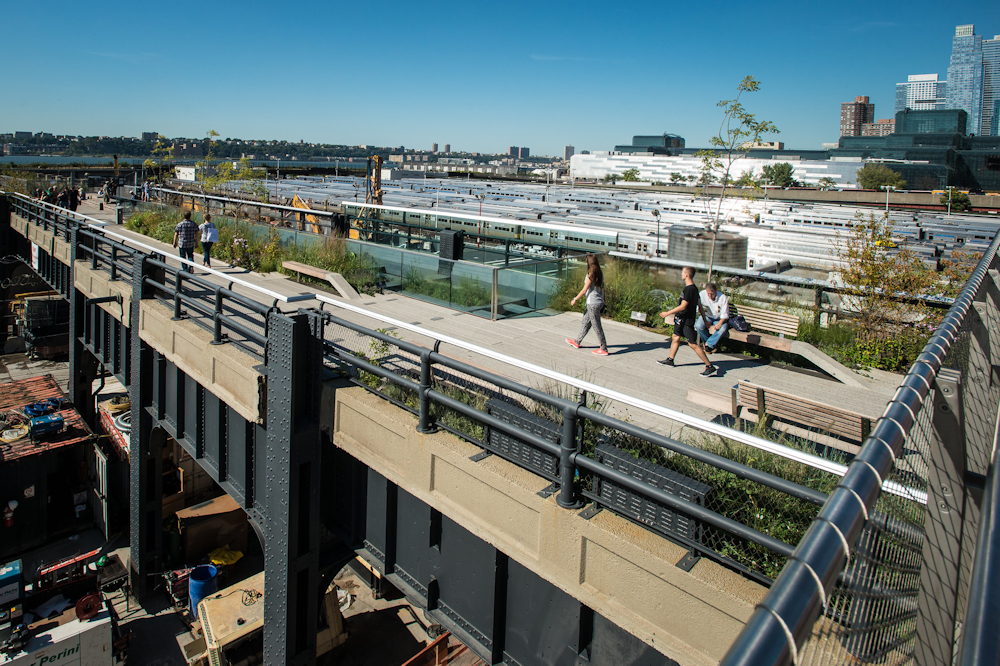
A Botanical Wonderland
The High Line’s plant life is a highlight, featuring over 500 species of perennials, grasses, shrubs and trees. The planting design, inspired by the self-seeded landscape that grew on the abandoned rail tracks, was created by renowned landscape architects James Corner Field Operations and planting designer Piet Oudolf. Seasonal plantings ensure that the park offers a changing tapestry of colors and textures year-round.
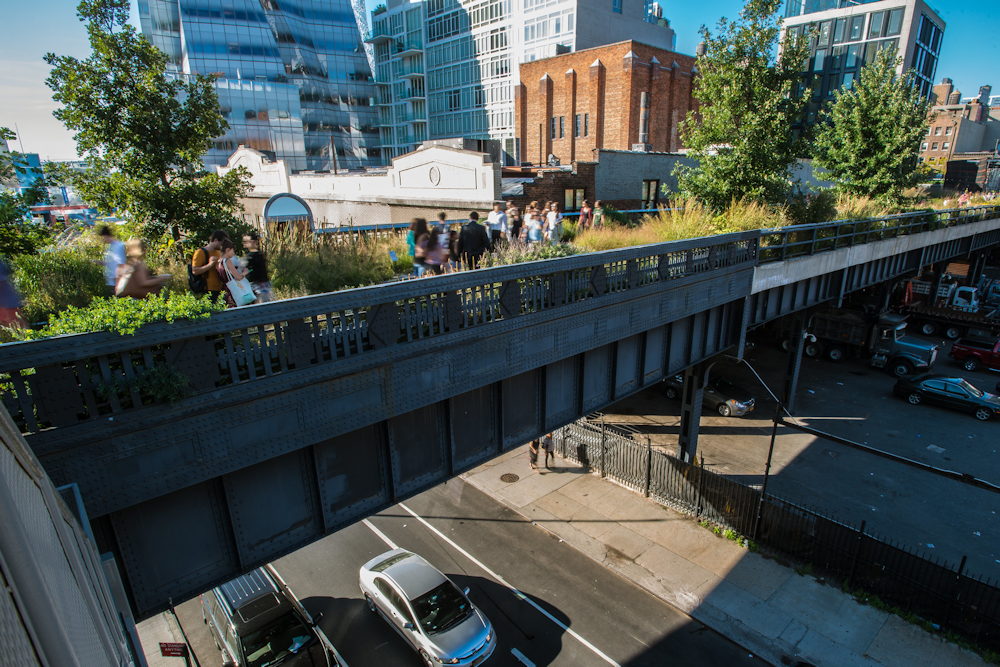
Community Engagement
Local residents and visitors alike use the High Line for various activities, making it a vibrant part of the neighborhood. Many people use the park as a convenient and scenic route to travel between destinations on Manhattan’s West Side. It’s a popular spot for leisurely strolls, jogging and picnics, offering a peaceful respite from the city’s hustle and bustle.
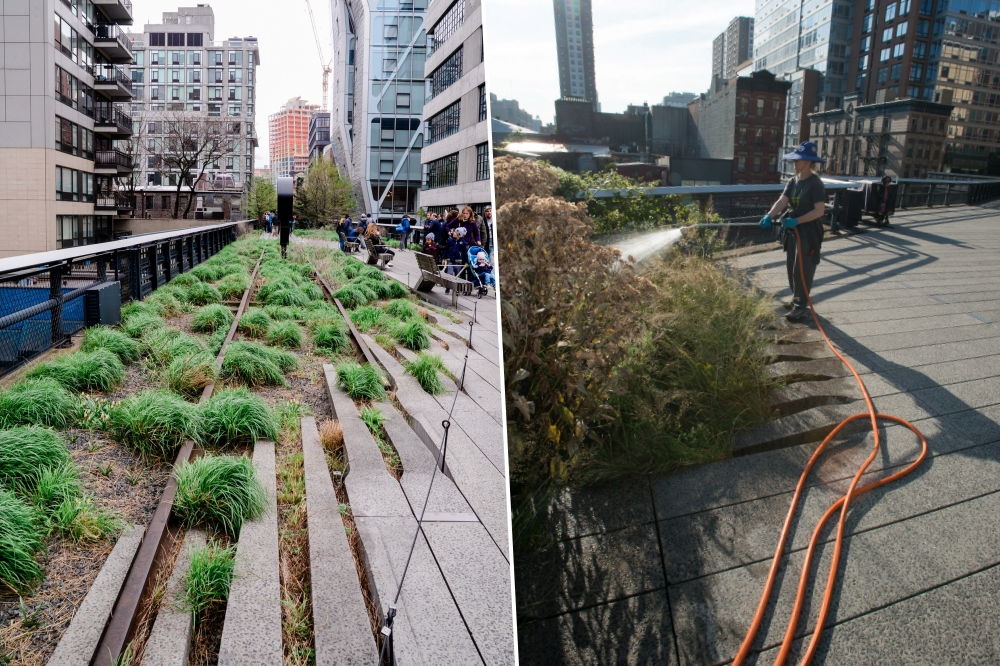
The High Line also hosts a variety of cultural and recreational events, including outdoor performances, art installations and educational programs. Gardening enthusiasts can participate in volunteer gardening sessions, while families enjoy special events like guided nature walks and storytelling sessions. This multifaceted use of the High Line fosters a strong sense of community and enhances the urban living experience.

Six Fascinating Facts About the High Line
- Historical Roots: The High Line was originally built in the 1930s to lift dangerous freight trains off Manhattan’s streets.
- Wild Beginnings: Before its transformation, the abandoned rail line was overgrown with wildflowers and grasses, which inspired the park’s current plantings.
- Innovative Design: The park features unique design elements like the “peel-up” benches, inspired by the peeling up of old rail ties.
- Art in Nature: The High Line regularly features art installations, including sculptures, murals and performances.
- Eco-Friendly: The park’s design includes sustainable features like rainwater harvesting and the use of native plant species to reduce maintenance needs.
- Celebrity Support: The park has received support from various celebrities, including Diane von Furstenberg and Edward Norton, who have helped raise funds and awareness.
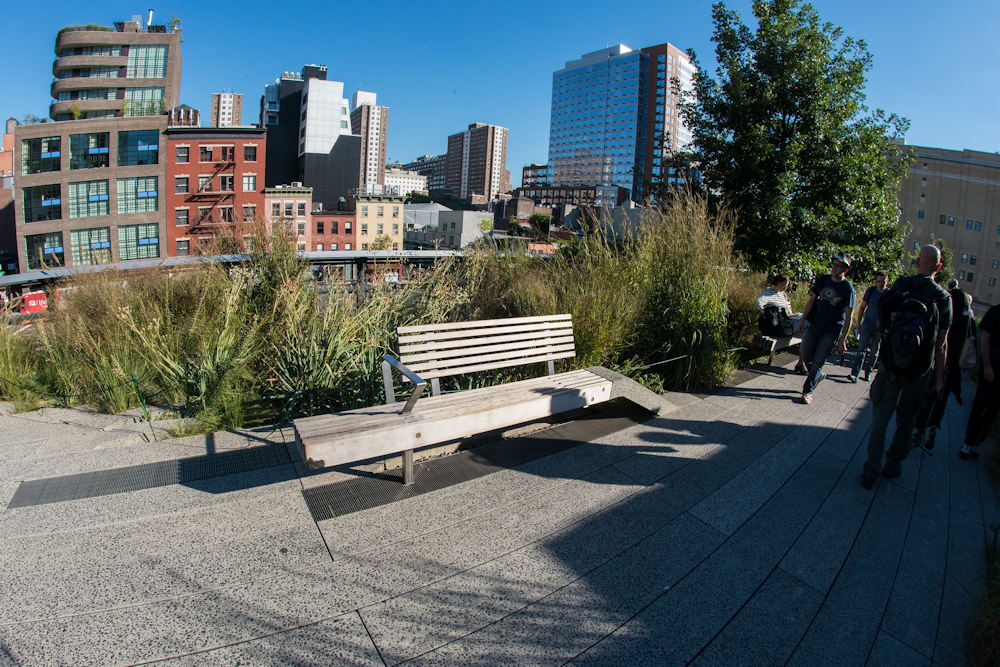
The Significance of the High Line
The High Line is more than just a park; it’s a pioneering example of urban regeneration and community activism. It demonstrates how cities can repurpose obsolete infrastructure to create green spaces that benefit both people and the environment. The park’s success has inspired similar projects worldwide, promoting the idea that urban spaces can be transformed into vibrant, green sanctuaries.
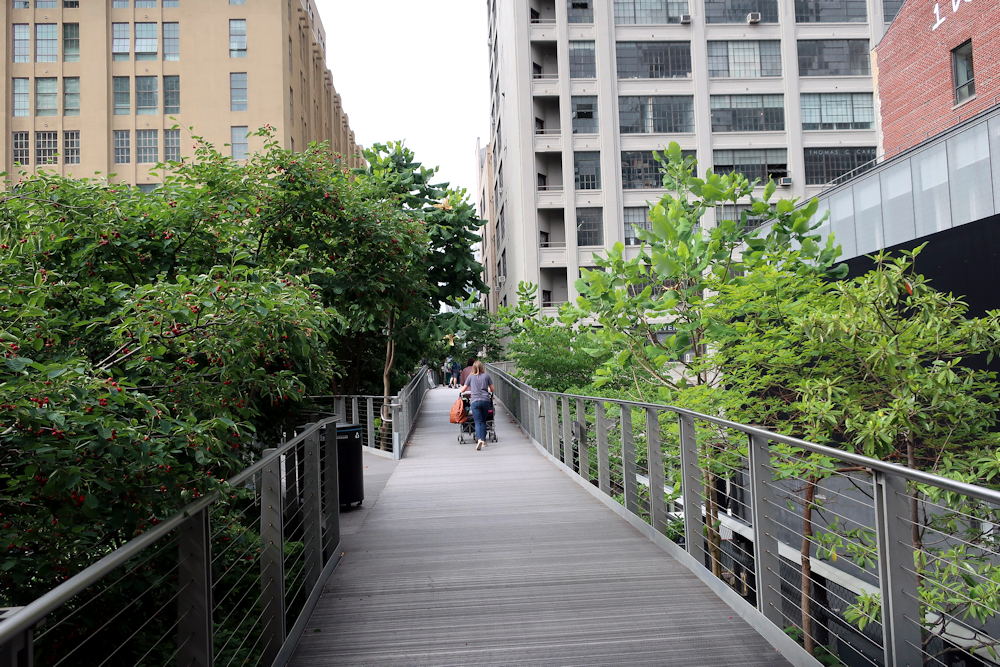
In conclusion, the High Line Park is a model worth emulating. It highlights the power of community initiative, innovative design and sustainable practices in creating urban green spaces. For garden and plant lovers, it offers a delightful experience, showcasing the beauty and resilience of nature amidst the urban landscape. Whether you’re a local or a visitor, a walk along the High Line is a journey through a living, breathing example of urban nature at its finest.
